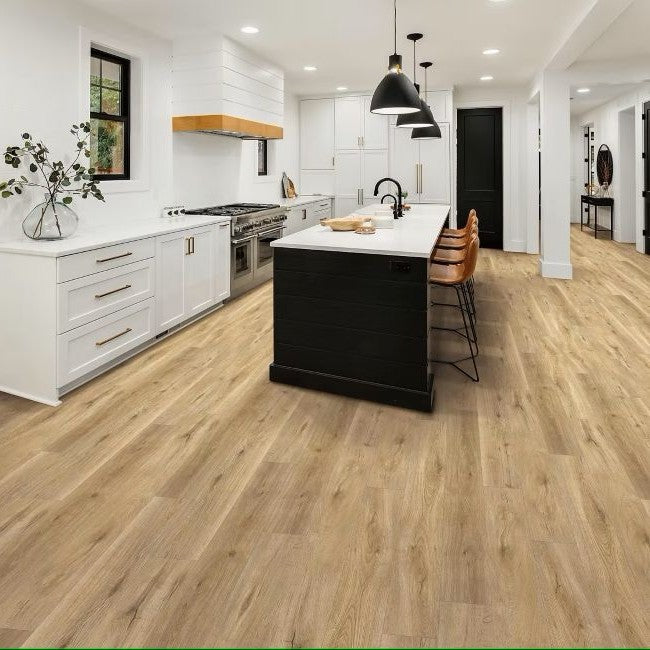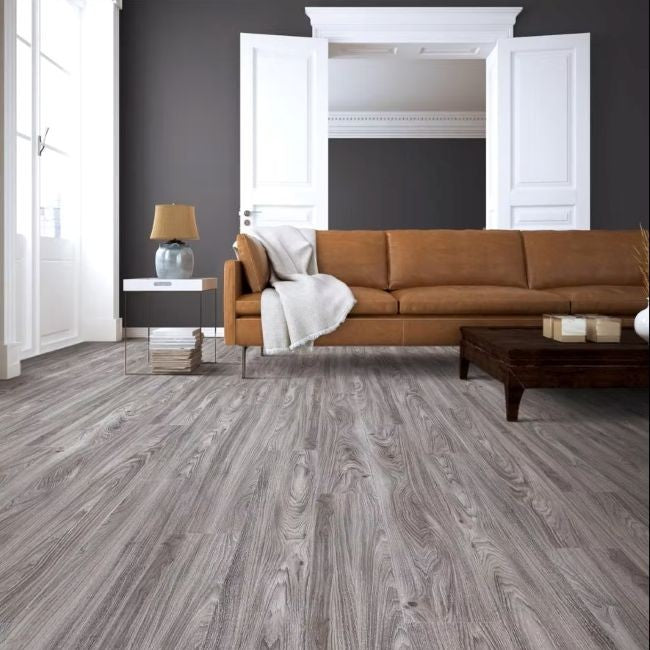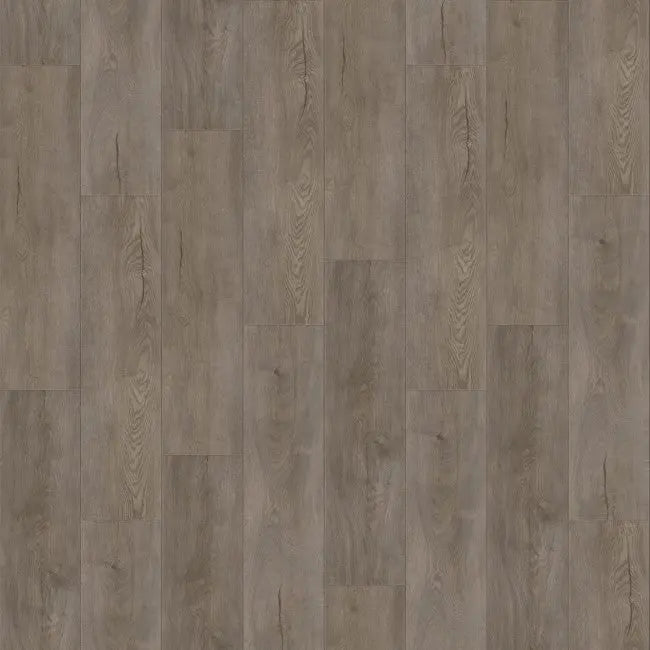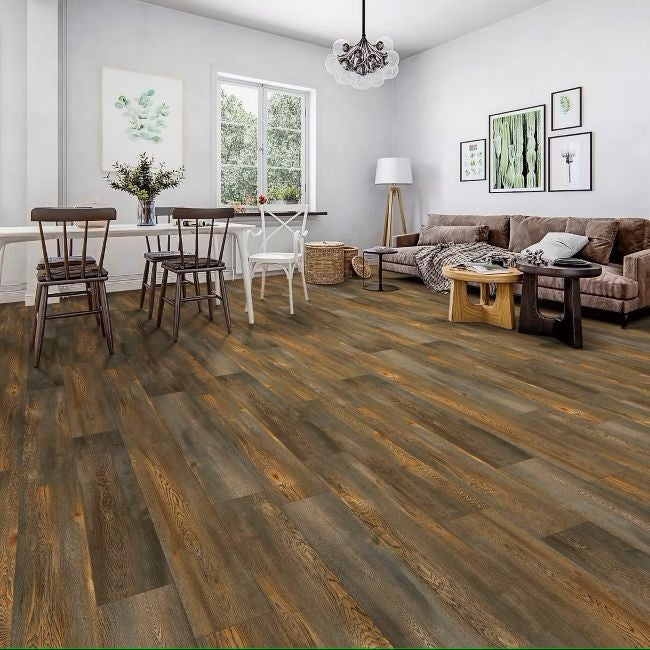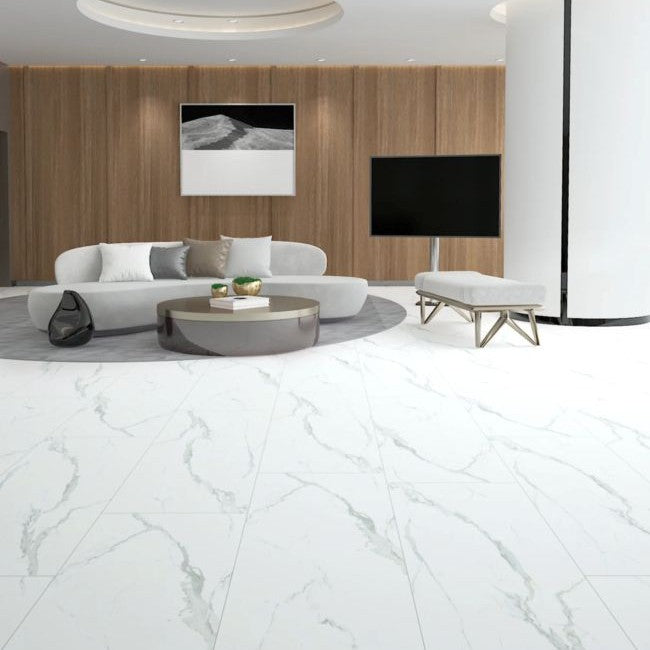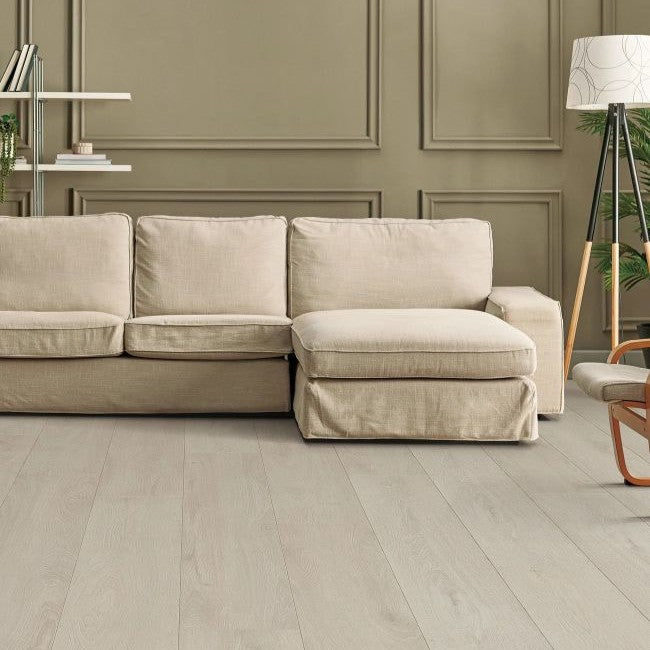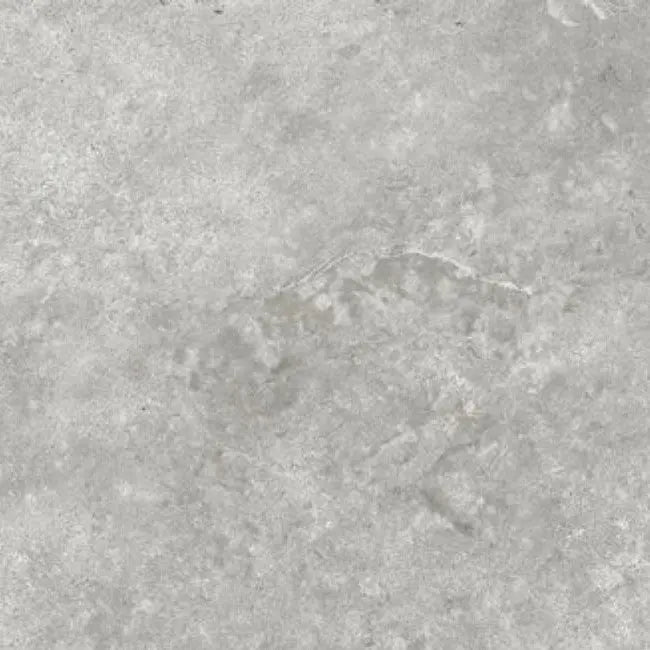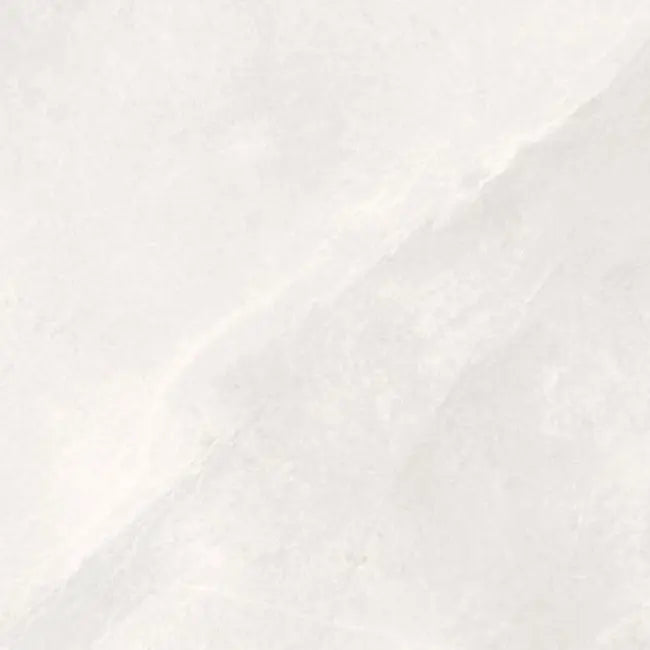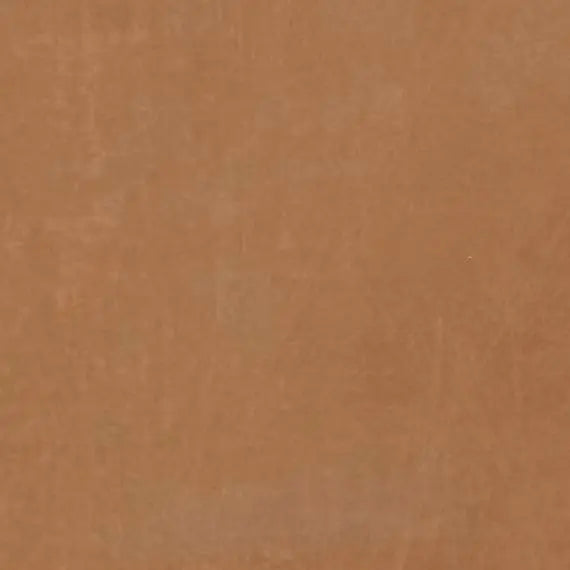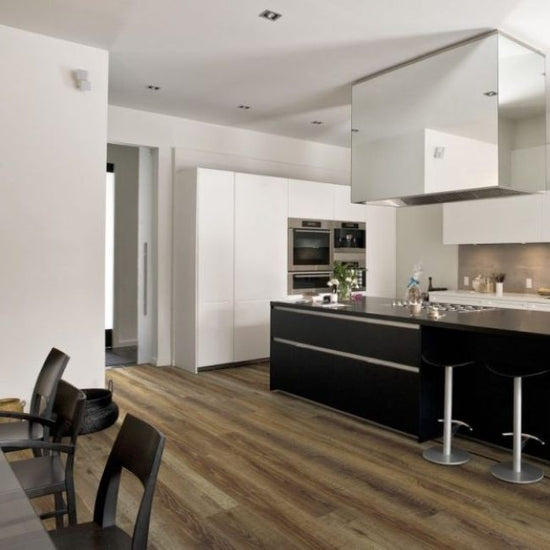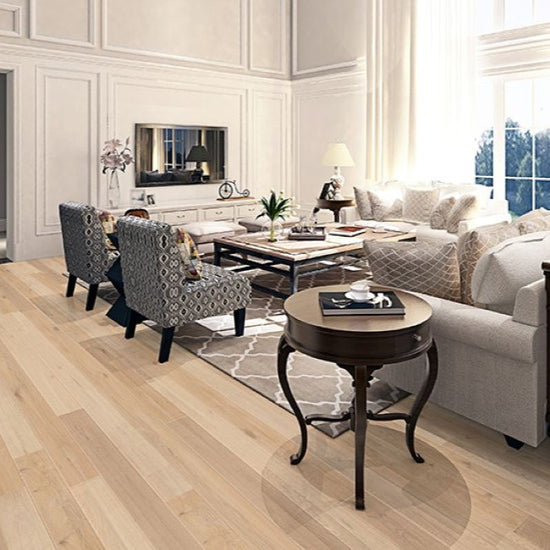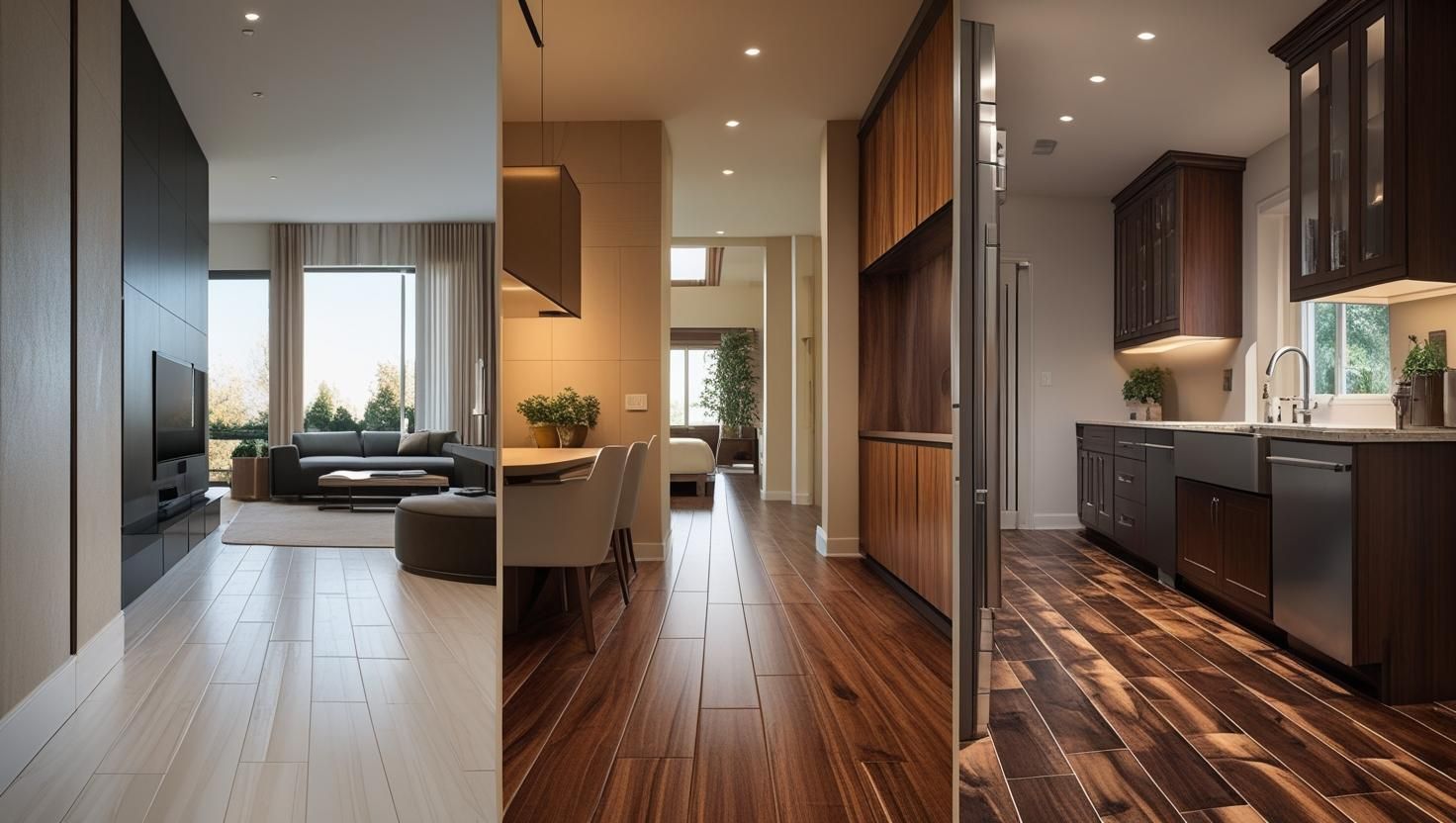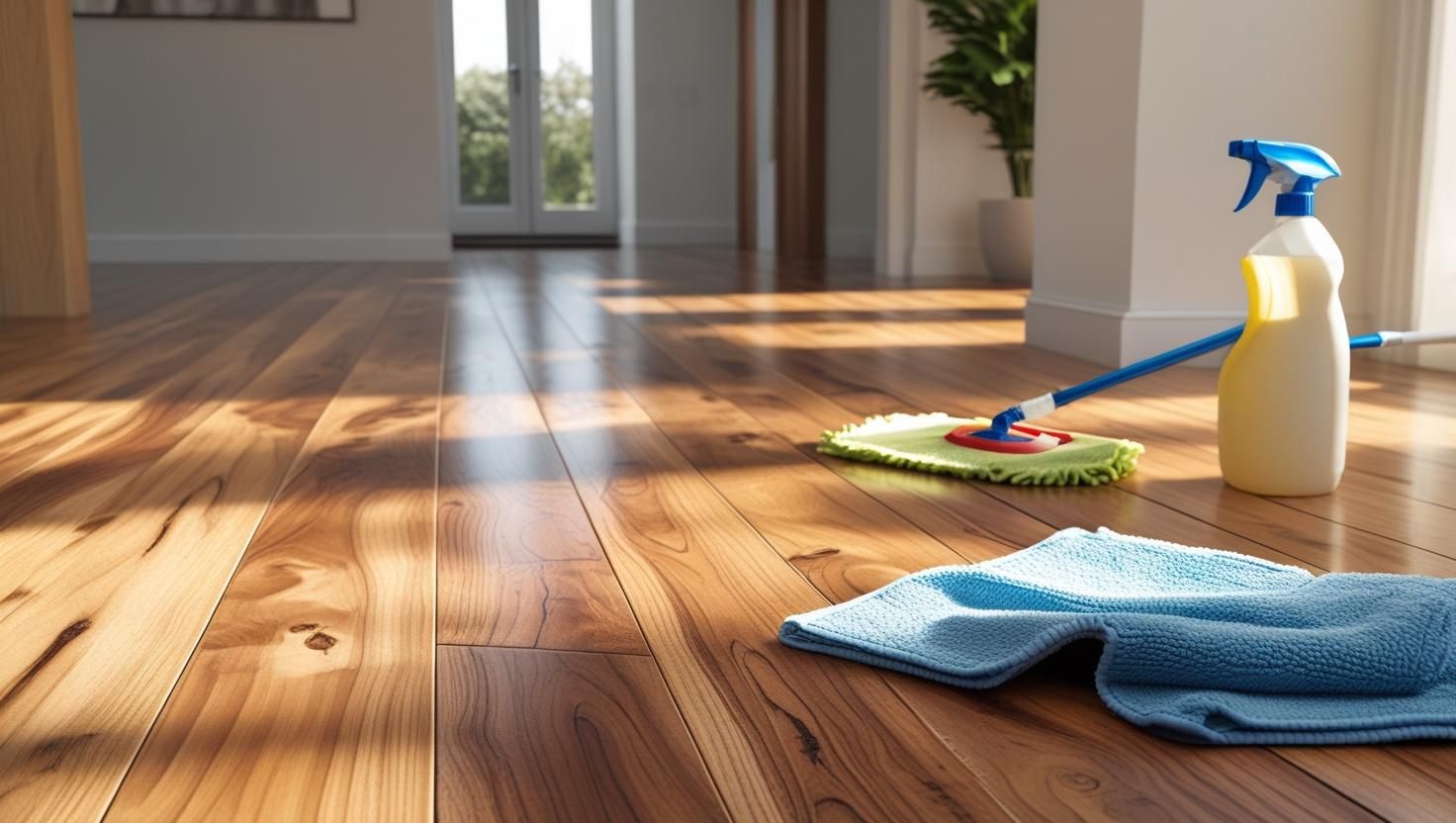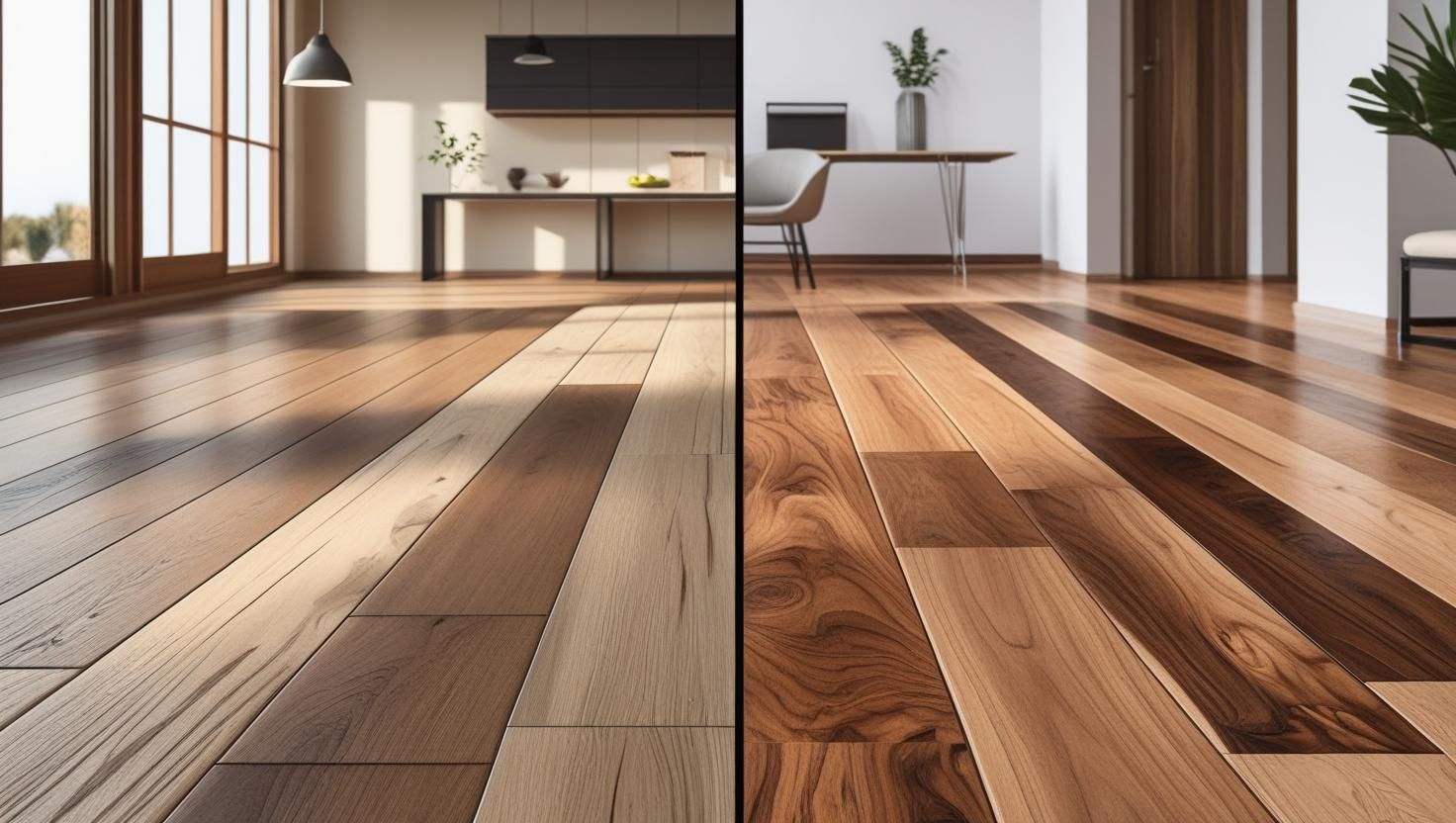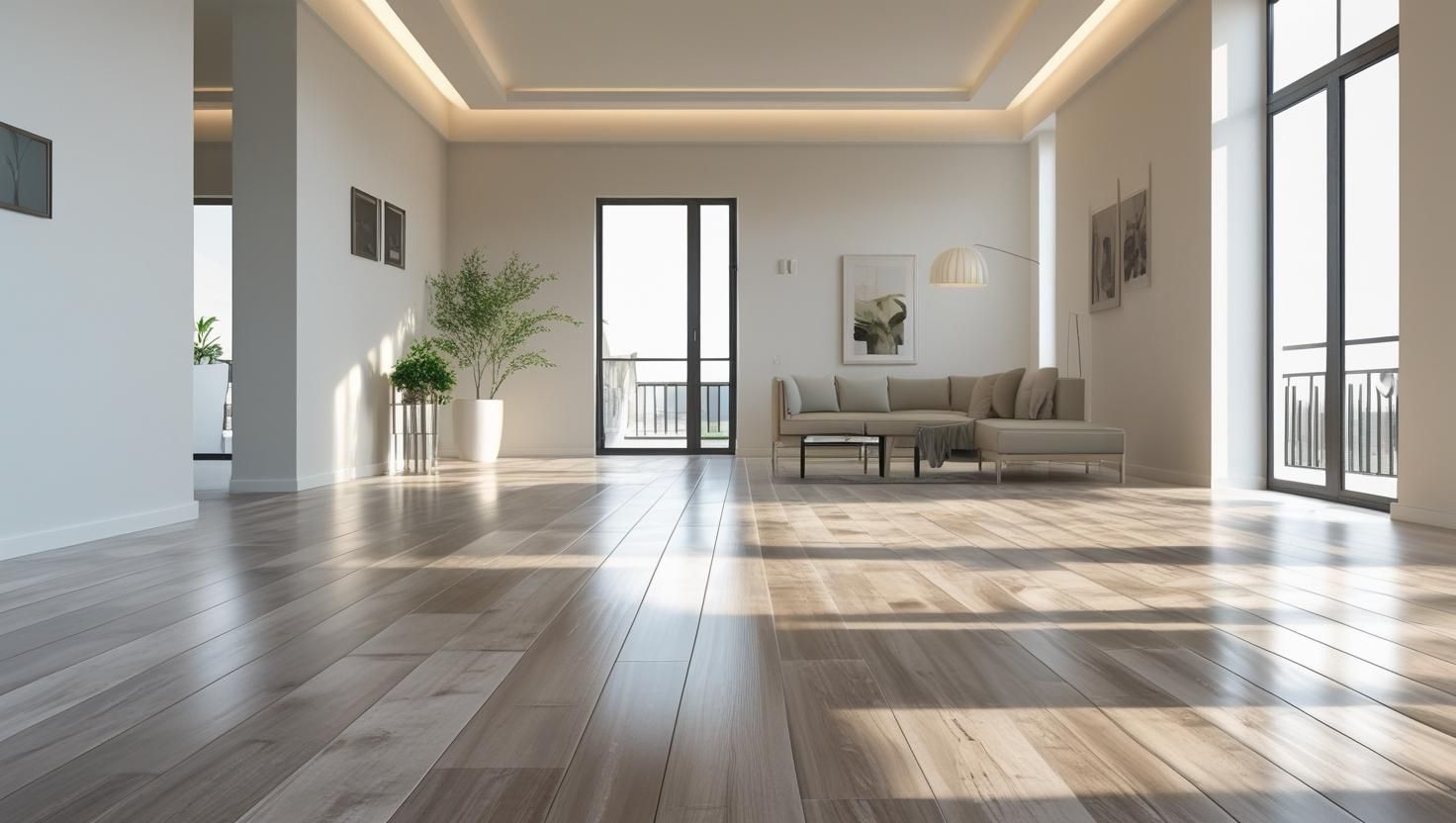Most people don’t realize how different basement flooring is until they are standing in a cold, concrete space, wondering what actually works down there. You can’t just lay the same floors you used upstairs and hope they perform the best down there, too. Basements have their own issues, such as moisture, humidity, and the never-ending fear of leaks, which all factor into what will last and what will warp.
Choose the wrong material, and this can mean nothing more than swelling, mold, or even a full do-over in a couple of years. That's why durability and moisture tolerance are as important as looks when you are preparing an ideal basement flooring.
In fact, many homeowners start by reviewing the best waterproof flooring options before narrowing down what actually performs well below ground.
This guide is all about sharing the best basement flooring options for basements that not only resist moisture but also feel good underfoot, install cleanly over concrete, and stand the test of time. Let’s get started!
1. Luxury Vinyl Plank (LVP)

Luxury Vinyl Plank and Luxury Vinyl Tile are high-quality synthetic floors that carry the look of real hardwood or stone very well. These floors have a firm top layer and a waterproof middle that prevents scratches, dents, and water damage making them a smart pick for basements.
The surface often has texture, making this flooring option slip-resistant. The vinyl flooring is available in different types, and most of these come with click-lock edges that fit to the subfloor without any need for glue or nails. Just lay the planks right over the concrete, and do a little adjusting, and here is the finished floor ready for use.
A lot of homeowners go for this flooring option because it looks great and doesn’t take much effort to keep up, especially in finished basements. Many types are compatible with radiant heated floors when installed properly.
Also, seams can sometimes show up if the planks or tiles aren’t installed just right, and cheaper products may release some VOCs (those indoor air pollutants). So it’s smart to look for low-VOC certified flooring if indoor air quality matters in your home.
Plus, if the subfloor isn’t perfectly smooth, you might notice little imperfections showing through the surface over time. It’s worth having a pro check the surface or using a self-leveling compound before installation.
2. Waterproof Laminate Floor

Waterproof laminate flooring is designed using a special core that prevents water from seeping in for a long time. The edges are sealed tightly, which makes it an option that works well in basements. Under the protective top layer, there is a design layer that gives waterproof laminate its real wood look.
Some of these laminate boards have a click-lock design which eliminates the need for an additional vapor barrier; thus, installation is in a way faster. These floors offer the appearance of real hardwood flooring, and they cost less than traditional hardwood, engineered wood, or luxury vinyl.
The waterproof laminate floors are not as resistant to full submersion as our waterproof flooring, but can handle full water submersion better than traditional laminate products. And sometimes they sound a little hollow when walked on, which can impact a room’s acoustics.
Quick Tip: You can help your laminate floors last longer by cleaning up spills as soon as they happen and maintaining a level of basement moisture.
3. Ceramic & Porcelain Tile

Ceramic and porcelain tiles are kiln-fired, which makes them dense, tough, and a smart choice for basements where moisture can be an issue.
Porcelain is a thicker and less absorbent material than basic ceramic. This helps it handle water and frequent foot traffic without much trouble. You can pick tiles in many sizes, colors, and textures to create modern spaces or warm, rustic rooms.
This type of flooring works well in laundry rooms, bathrooms, or any spot where water tends to pool, as its sealed surface prevents mold production and makes cleanup easy. However, before installing tile flooring, make sure the subfloor is level and choose a durable, moisture-resistant grout that can handle basement conditions well.
Having them installed by a pro can bump up the total cost, especially if the floor needs extra prep. And honestly, without some kind of heating system underneath, tile can feel pretty cold under your feet, especially in the winter.
4. Concrete (Polished or Stained)

Polished or stained concrete floors are a strong and stylish flooring option for a basement. Polishing smooths the slab with special grinders and applies a sealer, so it ends up glossy and protected against spills and dust.
Concrete stain soaks into the surface, creating natural-looking color variations with a soft, blended look.
These floors have no seams to trap dirt and need very little upkeep making them one of the best options for dirt basement floors. They naturally fight off dampness and mold, which makes them suitable for both practical spaces and modern designs.
Concrete floors come in a matte look, a soft satin glow, and a bright glossy shine. You can add area rugs or install radiant heat to keep the floor feeling warm and comfortable.
But, this flooring option is tend to stay cold in the winter, which might not feel great without rugs or radiant heat. Plus, if the concrete already has small hairline cracks, finishing won’t always hide them completely, they’ll likely still show through.
5. Carpet Tiles
 iStock/Wirestock
iStock/WirestockModular carpet squares bring comfort and flexibility to basement floors that stay mostly dry. The carpet tiles have a firm, water-resistant backing and thick fibers that keep spaces warmer and quieter.
This flooring option is available in different patterns and shades to choose from.
Mixing different carpet tiles lets you create a custom look, and if one gets damaged, you can just swap out that single tile instead of redoing the whole floor. Many homeowners pick carpet tiles for play areas, casual rooms, and home offices where a soft surface matters.
Also, putting the carpet tiles down doesn’t take much effort; use sticky backing or glue that you can pull up later without fuss.
However, with carpet tiles, there are a couple of things to keep in mind. The edges where each tile meets can sometimes show, which might not give you that smooth, wall-to-wall carpet look. And if moisture sticks around too long underneath, there’s a chance mildew could develop below the tiles, so keeping things dry is important.
6. Rubber Flooring
 iStock/AePattJourney
iStock/AePattJourneyRubber flooring works well in basements used for workouts, repairs, or extra storage. This strong surface handles lots of wear and doesn’t need much care. People often pick interlocking tiles, large rolls, or simple mats, which come from recycled rubber or man-made materials.
Its springy feel helps ease the stress on joints and cushions heavy gear. The surface stays safe underfoot because it grips well and resists water. It also cuts down on noise.
Rubber flooring might look simpler than other options, but you can still pick from different colors and textures to get the look you want. Many homeowners install it themselves since interlocking tiles snap together easily. Also, Preparation doesn’t take much time, just a clean, level base, and put the flooring down.
But keep a few things in mind, like some types made with recycled materials can give off a rubbery smell at first because of VOCs. And if you are working with larger rolls, they can be a bit awkward and heavy to handle during installation, especially in tight basement spaces.
7. Epoxy Flooring

Epoxy flooring forms a tough, smooth coating that works well in basement utility rooms, home workshops, and spaces with a modern industrial feel. The resin goes on as a liquid over prepared concrete and hardens into a strong, sealed surface. This finish keeps out water and prevents stains, chemicals, and scratches.
Many homeowners pick solid shades, shiny metallic looks, or colored flakes that bring extra texture and character into the basements.
People often like how epoxy makes basements feel brighter since it reflects light and helps keep dust and dirt from building up. Some homeowners prefer hiring professionals for a perfect epoxy surface installation. Still, confident DIYers can try ready-made epoxy kits.
However, if the finish is too smooth and doesn’t have slip-resistant additives, it can get pretty slippery when wet.
Remember: To make epoxy flooring last, the concrete needs to be cleaned, etched, and patched before applying any coating.
8. Engineered Hardwood Flooring (With Caution)

Engineered hardwood flooring has a real hardwood layer attached to sturdy plywood or fiberboard underneath. This layered build makes it more stable and less likely to bend or swell compared to solid wood, especially when moisture levels change, which is common in basements. If you are considering this option, it helps to know the best engineered hardwood flooring brands before choosing.
This flooring gives that real wood feel but holds up better than traditional hardwood, and it’s less likely to twist or warp. You can install it as a floating floor or glue it down over a moisture barrier, depending on what works for your space.
The edges of engineered hardwood floors can sometimes start to peel if moisture sneaks in or if it’s not installed correctly. It usually costs more to install compared to options like vinyl or laminate. Unlike solid hardwood, you can only sand it down once or twice before hitting the core layers, so refinishing options are a bit limited.
How Much Does it Cost to Install a Basement Floor in 2025?
| Flooring Type | Approx. Cost per sq. ft. (Materials + Install) | Durability |
Functionality in the Basement |
| Luxury Vinyl Plank | $3 – $7 | High | Waterproof, comfortable, and easy to maintain |
| Engineered Hardwood | $5 – $12 | Moderate to High | Moisture-resistant but not waterproof |
| Waterproof Laminate | $2 – $5 | Moderate | Budget-friendly, good for low-moisture basements |
| Ceramic/Porcelain Tile | $6 – $15 | Very High | Fully waterproof, ideal for damp areas |
| Polished/Stained Concrete | $3 – $10 | Very High | Seamless, durable, low maintenance |
| Carpet Tiles | $3 – $6 | Moderate | Warm, soft, replaceable sections |
| Rubber Flooring | $4 – $8 | High | Excellent for gyms and utility spaces |
| Epoxy Coating | $4 – $12 | Very High | Waterproof, chemical-resistant, and brightens the space |
What Flooring Options Don't Work in Basements
- Solid Hardwood Flooring is prone to warping, swelling, and cracking due to moisture and humidity changes.
- Standard (Non-Waterproof) Laminate Flooring has a fiberboard core that absorbs moisture easily, leading to buckling and damage.
- Wall-to-Wall Carpet that easily traps moisture, encouraging mold, mildew, and musty odors in damp basement environments.
- Cork Flooring (Non-Sealed), as untreated cork can absorb moisture and develop mold issues.
- Bamboo Flooring, even strand-woven types, can swell or warp in below-grade spaces with fluctuating moisture levels.
FAQs
What is the expensive flooring for basements?
Engineered hardwood flooring is often at the top end when it comes to price. With the actual wood layer, professional installation, and moisture-proofing, it’s costlier than vinyl or tile, too.
What is the cheapest flooring for basements?
For value and ease of installation, it’s difficult to beat polished or stained concrete, which costs less than solid stone, and if the slab is already in place, the price will be less still. It can also help keep costs down with rubber flooring rolls or simple vinyl sheet flooring.
What flooring lasts the longest in a basement?
The ceramic and porcelain tile often outlasts all else. When installed properly, these floors can last for decades with hardly any effort on maintenance.
The Bottom Line
Now you can invest in quality and won’t be pulling up ruined planks late. Moisture resistance, warmth, durability, and easy maintenance aren’t optional in below-grade spaces; they’re non-negotiable.
Don’t skip on the details. Do it well from the start, and that space under your living area could turn into your favorite place at home.
Need more help? You can call (833) 378-4559 to talk to Royal Floors Online's flooring experts for further assistance with your basement floor.



